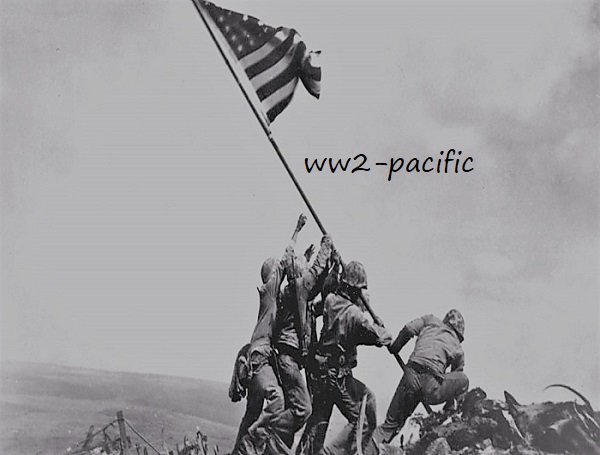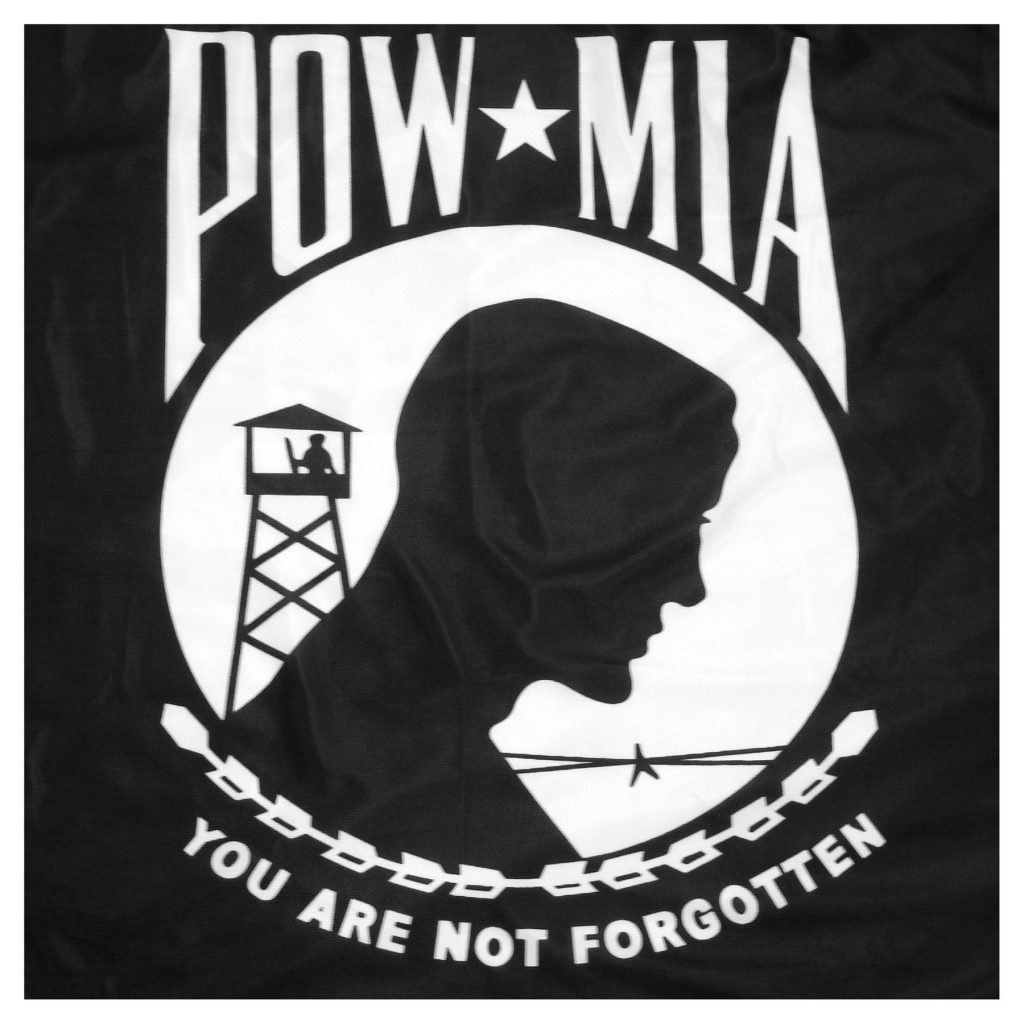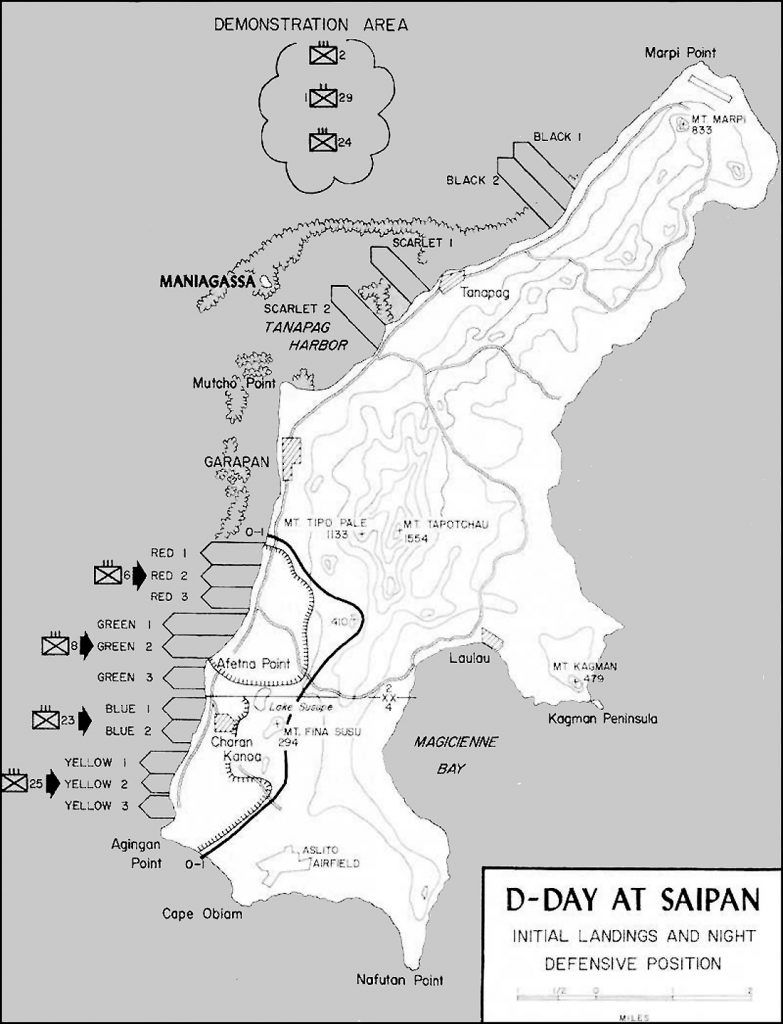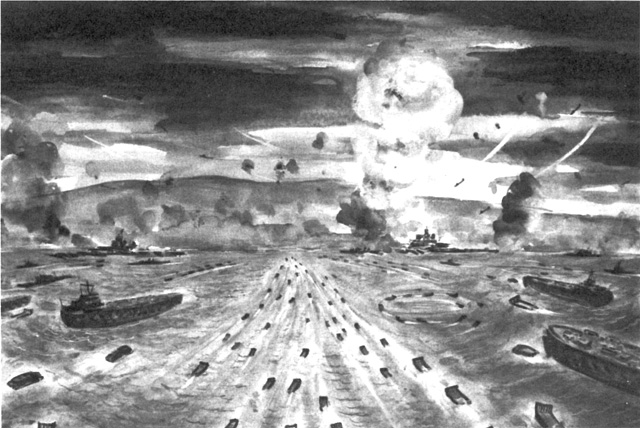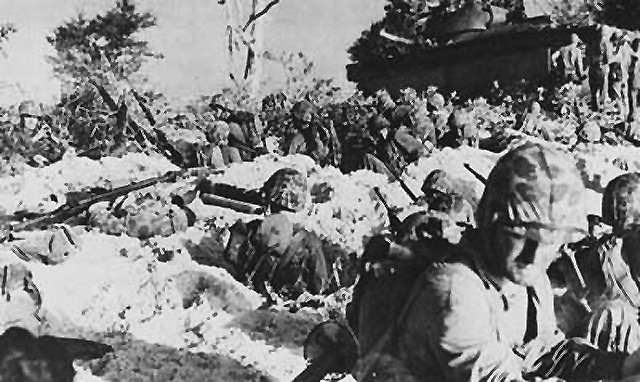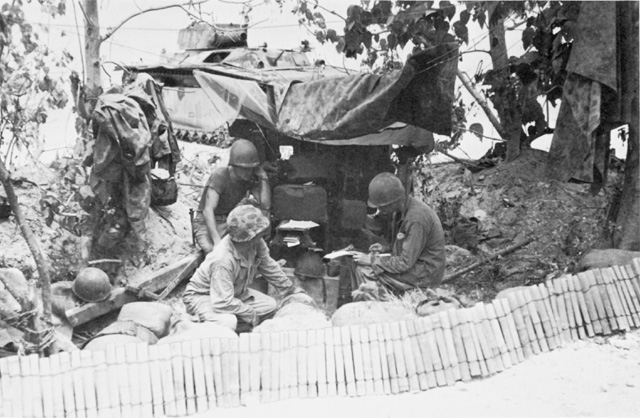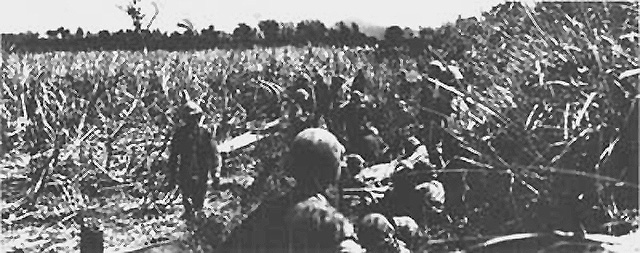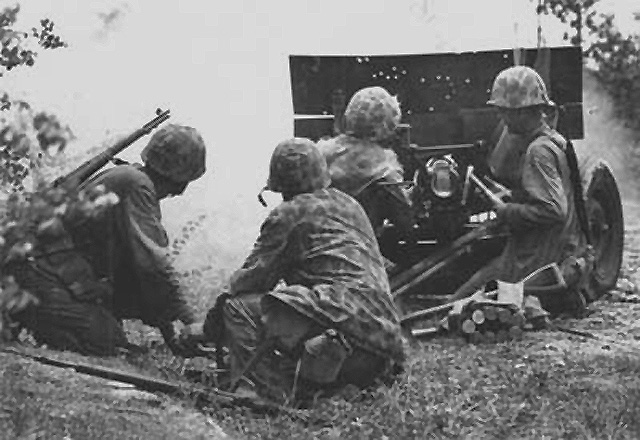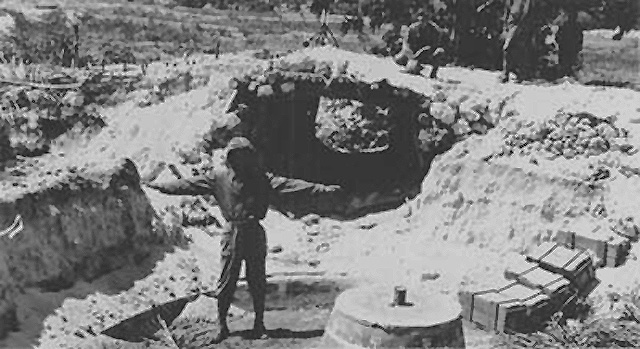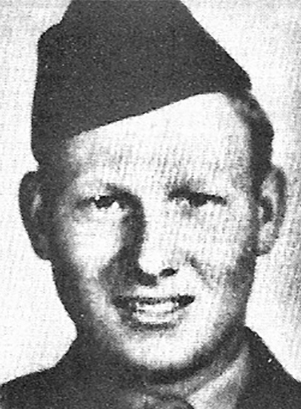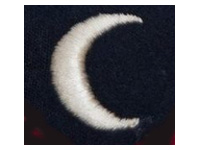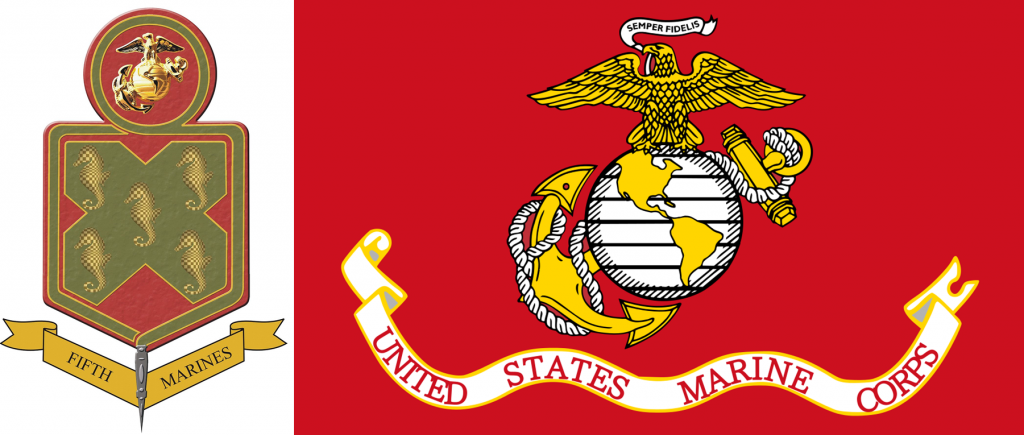Rank and Name, Assistant Cook Emmett Carlton Altizer.
Unit/Placed in, 5th Amphibian Tractor Battalion, Marine Corps.
He was helping the Troops to the shore during the Landings in
the Marianas Red Beach 2 in a LVT.
Emmett is born approx. on Aug. 4, 1924 in West Virginia.
Mother, Clarise M. Altizer.
Sister(s), Jewell Altizer.
Brother(s), Warner Altizer.
Emmett enlisted the service in West Virginia with service number # 802762.
Emmett was KIA during the landings on Red 2, the Japanese shore batteries opened fire, he and the LVT were hit and sunk, on June 15, 1944 , he is honored with a Purple Heart, Combat Action Ribbon, Good Conduct Medal, Marine Corps Expeditionary Medal, American Campaign Medal, Distinguished Unit Citation, Asiatic-Pacific Campaign Medal, WW II Victory Medal.
Emmett is buried/mentioned at Honolulu Memorial, Honolulu County, Hawaii U.S.A.
Courts of the missing.
Thanks to,
Jean Louis Vijgen, WW2-Pacific Website.
Air Force Info, Rolland Swank.
ABMC Website, https://abmc.gov
Navy Info, http://navylog.navymemorial.org
POW Info, http://www.mansell.com Dwight Rider and Wes injerd.
Family Info, https://www.familysearch.org
Marines Info, https://missingmarines.com/ Geoffrey Roecker
Medals Info, https://www.honorstates.org
Philppine Info, http://www.philippine-scouts.org/
Find a Grave, https://www.findagrave.com
Navy Chaplains
Two types of non-combatants are attached to Marine units: members of the Navy Medical Corps and Navy Chaplain Corps. Whenever the Marines are in combat, they are well tended to in body and soul on the front lines. Navy Lieutenant John H. Craven, Chaplain Corps, earned the Bronze Star for his actions under fire on Saipan. Later he summarized activities:
“In combat our main action was to go from place to place, unit to unit, and start out early in the morning and go till dark, just visiting one unit after the other and many times just have a very brief service. We had some very small hymn books . . . and some Testaments I could carry in my map case, and we would just gather a few men together in a bomb crater or defilade . . . and I would have one service after the other. Sometimes we had twelve, thirteen, or fourteen of those in one day, especially on Sunday . . .”
“Then we had to take our turn at the cemetery. Each chaplain from different units would go down and take his turn for burial. We had a brief committal service for each one as they brought the bodies in. And I set myself up to try to keep up with all of the men of our units: where they were, whether they were in the hospital. I worked closely with a sergeant major and it was amazing how we were able to keep up with men, and when they were killed and when and where they were buried.”
Craven kept a notebook listing all the casualties, and he would keep that current from day to day. Each evening he would compare notes with the regimental sergeant major. It was a help to any chaplain to know who were casualties and where, and to report and work with their frieds, and it was also a help to the sergeant major because it verified reports he got.
When Chaplain Craven and the other chaplains returned to the rear areas with their units, they started writing letters to the families of everyone who was killed in the regiment, and added their letters to those the commanding officers were required to write.
One other regimental chaplain used a special type of ministration. He had a canvas gas-mask carrier slung over each shoulder. In one carrier he had Scotch whiskey, in the other fried chicken. As he knelt by each young, frightened, wounded Marine, he was invariably asked, “Am I going to be O.K.?” “Sure you are!” was the cheerful answer, “While you are waiting to be evacuated, would you rather have a drumstick or a wing?” The young Marine would be so surprised he would forget about himself. Then, when the chaplain asked if he wanted to wash it down with a swig of Scotch, he couldn’t believe he was hearing correctly amidst all of the confusion, noise, and death all around him.
A young doctor, hearing about this chaplain, said, “That man probably saved more young lives from dying of shock than will ever be known.”
The Saipan cemetery was dedicated after the battle.
Watercolor by SSgt John Fabion. Marine Corps Art Collection
